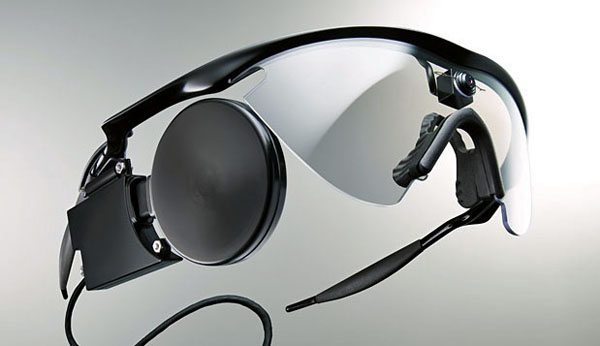On February 4, 2013, after more than 20 years of research and development, Second Sight Medical Products, Inc., announced that its Argus® II Retinal Prosthesis System (“Argus II”) has received U.S. market approval from the Food and Drug Administration (FDA) to treat individuals with late stage retinitis pigmentosa (RP). This announcement follows receipt of the European approval in 2011, and a unanimous recommendation by the FDA’s Ophthalmic Devices Advisory Panel in September 2012 that this revolutionary product be made available to treat this patient population in the U.S.

From the press release:
“We are thrilled to be able to offer the only FDA-approved long-term therapy for people suffering from advanced RP,” said Robert Greenberg, MD, PhD, President and CEO of Second Sight. “With this approval, we look forward to building a strong surgical network in the United States and recruiting new hospitals that will offer the Argus II retinal implant. This is a game changer in sight-affecting diseases, that represents a huge step forward for the field and for these patients who were without any available treatment options until now.”
Argus II is intended to provide electrical stimulation of the retina to induce visual perception in blind individuals with retinitis pigmentosa and has the capacity to offer life-changing visual capabilities to those currently unable to see anything except, at best, extremely bright lights.
Although the resulting vision is not the same as when these patients had normal vision, investigators involved in the clinical trial of the Argus II are eager about the approval. “It is incredibly exciting to have FDA approval to begin implanting the Argus II and provide some restoration of vision to patients blinded from RP. In the patients that have been implanted to date, the improvement in the quality of life has been invaluable,” said Mark Humayun, MD, PhD, Cornelius Ping’s Professor of Biomedical Engineering, Professor of Ophthalmology, Biomedical Engineering, Cell and Neurobiology, Doheny Eye Institute at University of Southern California. “The fact that many patients can use the Argus implant in their activities of daily living such as recognizing large letters, locating the position of objects, and more, has been beyond our wildest dreams, yet the promise to the patients is real and we expect it only to improve over time.”
With approval from the FDA, the Argus II is slated to be available later this year in clinical centers across the country. Second Sight will be actively adding sites to make the therapy more readily available and encourages interested facilities and patients to contact them.
“This is an exciting time for people who are blind from RP. Second Sight’s prosthetic retinal device brings meaningful hope to tens of thousands of people with advanced retinal diseases,” said Stephen Rose PhD, chief research officer at Foundation Fighting Blindness. He adds, “The Argus II has the potential to provide life-changing vision capabilities as well as increased mobility and independence.”
Second Sight Medical Products, Inc., located in Los Angeles, CA, was founded in 1998 by Alfred Mann to develop a retinal prosthesis to provide sight to patients blinded from outer retinal degenerations, such as Retinitis Pigmentosa. Second Sight’s Argus II Retinal Prosthesis System is intended to provide electrical stimulation of the retina to induce visual perception in blind individuals. The implant is an epiretinal prosthesis surgically implanted in and on the eye that includes an antenna, an electronics case, and an electrode array. The external equipment includes glasses, a video processing unit (VPU) and a cable. The Argus II Retinal Prosthesis System bypasses the damaged photoreceptors altogether. A miniature video camera housed in the patient’s glasses captures a scene. The video is sent to a small patient-worn computer (i.e., the video processing unit – VPU) where it is processed and transformed into instructions that are sent back to the glasses via a cable. These instructions are transmitted wirelessly to an antenna in the implant. The signals are then sent to the electrode array as pulses which bypass the damaged photoreceptors and stimulate the retina’s remaining cells, which transmit the visual information along the optic nerve to the brain, creating the perception of patterns of light. Patients learn to interpret these visual patterns. In Mach 2, 2011, Second Sight announced that it had received the CE Mark for the Argus II retinal prosthesis.
Company website: www.2-sight.eu

